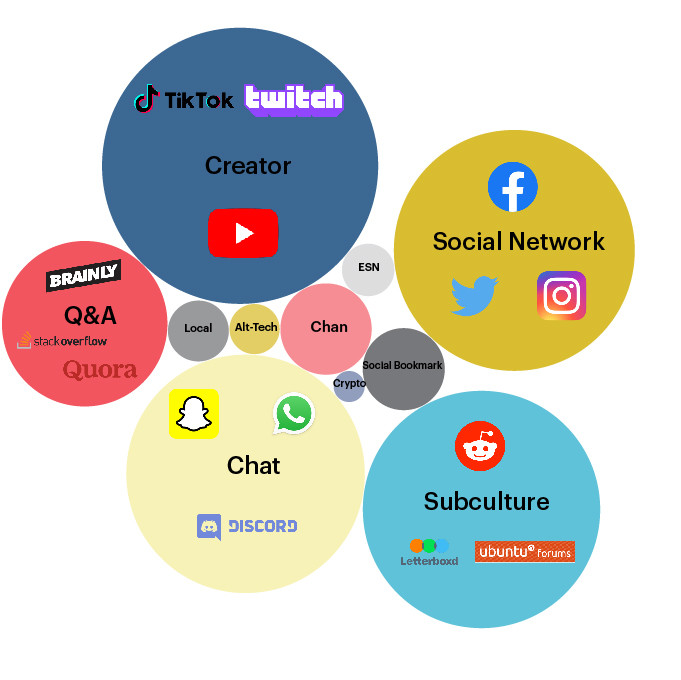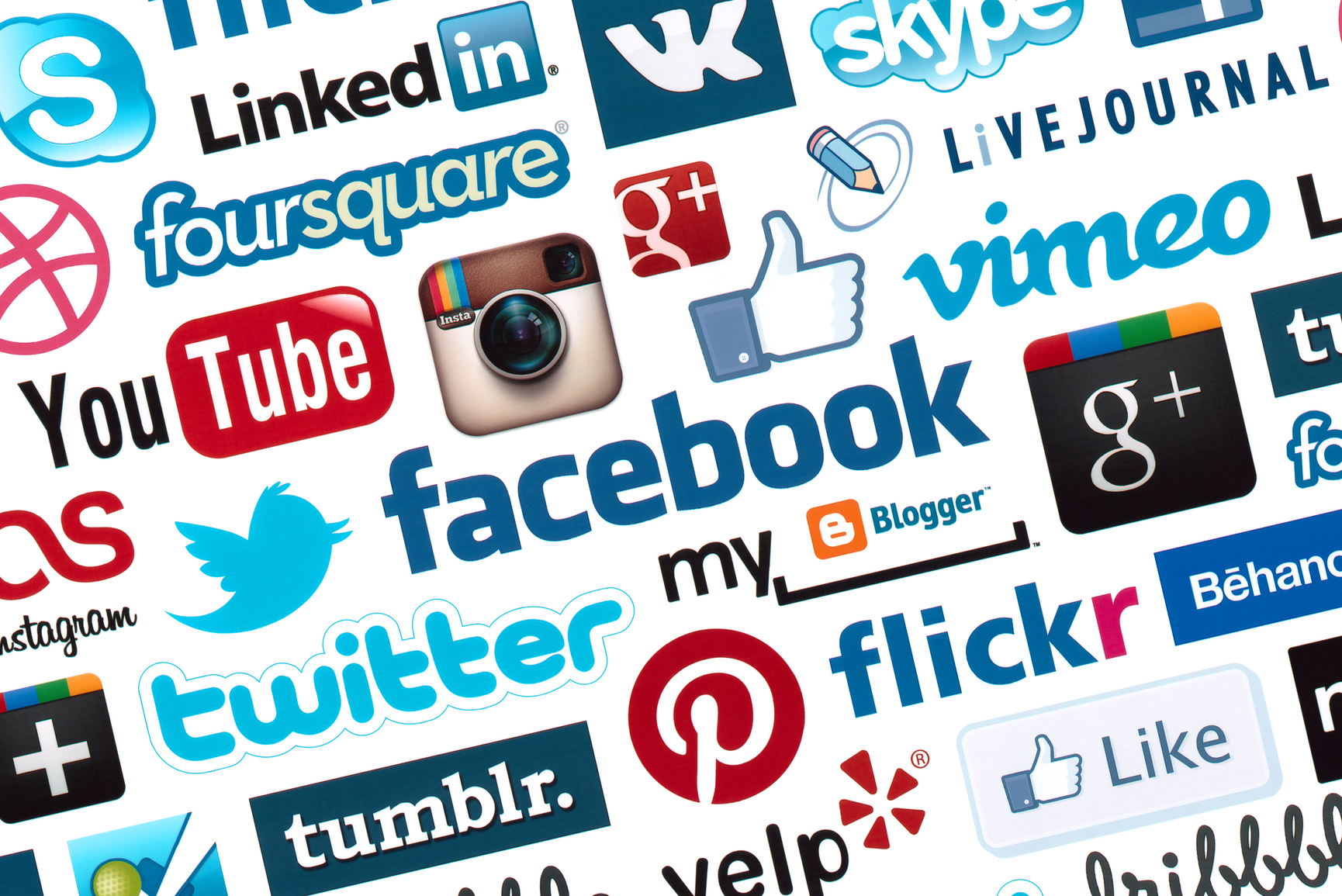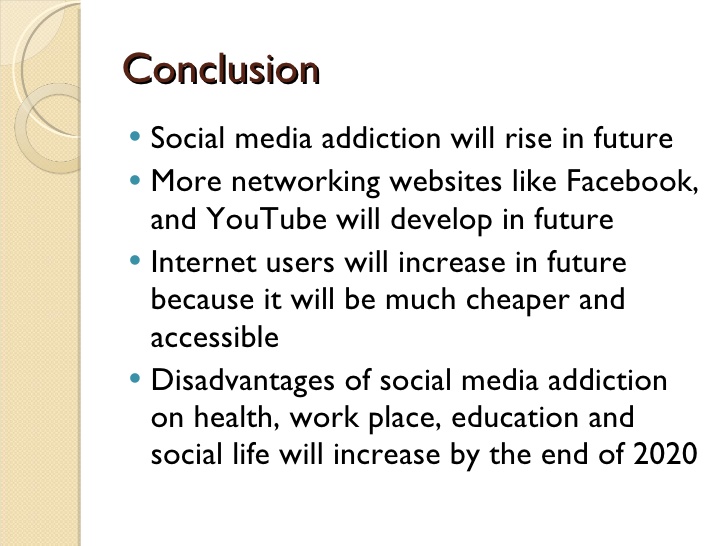Social Media Presentation
| Introduction to Social Media | ||
|---|---|---|
| Social media refers to online platforms and tools that allow users to create and share content. It has revolutionized communication and transformed the way people connect and interact with each other. Social media has become an integral part of our daily lives, with billions of users worldwide. | ||
| 1 | ||
| Types of Social Media | ||
|---|---|---|
| Social networking sites like Facebook, Instagram, and LinkedIn allow users to connect and share updates with friends, family, and professionals. Microblogging platforms such as Twitter enable users to share short messages and updates with a wide audience. Media sharing sites like YouTube and TikTok allow users to upload and share videos, while photo sharing sites like Instagram focus on images. | ||
| 2 | ||
| Benefits of Social Media | ||
|---|---|---|
| Social media provides a platform for individuals and businesses to express themselves, share ideas, and engage with a global audience. It facilitates networking and allows users to connect with like-minded individuals, fostering communities and support networks. Social media is a powerful marketing tool that helps businesses raise brand awareness, drive website traffic, and reach potential customers. | ||
| 3 | ||
| Challenges of Social Media | ||
|---|---|---|
| Privacy concerns arise due to the collection and use of personal data by social media platforms. Cyberbullying and online harassment pose significant challenges, impacting mental health and well-being. The spread of misinformation and fake news on social media platforms can have detrimental effects on society. | ||
| 4 | ||
| Social Media Etiquette | ||
|---|---|---|
| Be mindful of what you share and consider the potential impact on your personal and professional reputation. Engage in respectful and constructive conversations, promoting positive interactions. Be aware of copyright laws and give credit when using other people's content. | ||
| 5 | ||
| Tips for Using Social Media Effectively | ||
|---|---|---|
| Define your goals and target audience to tailor your social media presence and content strategy. Choose the right platforms for your goals, considering the demographics and preferences of your target audience. Consistency is key - regularly post quality content and engage with your audience to build a loyal following. | ||
| 6 | ||
| Social Media and Personal Branding | ||
|---|---|---|
| Social media plays a crucial role in shaping personal branding, allowing individuals to establish their online presence and showcase their skills and expertise. It provides opportunities for networking, collaboration, and career development. Building an authentic and professional online presence can open doors to new opportunities and enhance your reputation. | ||
| 7 | ||
| Social Media and Business | ||
|---|---|---|
| Businesses can leverage social media to increase brand visibility, engage with customers, and drive sales. Social media advertising offers targeted and cost-effective options to reach a specific audience. Analytics and insights provided by social media platforms enable businesses to measure the effectiveness of their campaigns and make data-driven decisions. | ||
| 8 | ||
| Social Media and Social Activism | ||
|---|---|---|
| Social media has become a powerful tool for raising awareness about social and political issues. It allows individuals and communities to mobilize, organize protests, and advocate for change. Hashtags and viral campaigns on social media have sparked global movements and brought attention to various causes. | ||
| 9 | ||
| Conclusion | ||
|---|---|---|
| Social media has transformed the way we communicate, connect, and share information. It offers numerous benefits, but also poses challenges that need to be addressed. With responsible usage and adherence to ethical guidelines, social media can continue to be a valuable platform for individuals, businesses, and social causes. | ||
| 10 | ||









